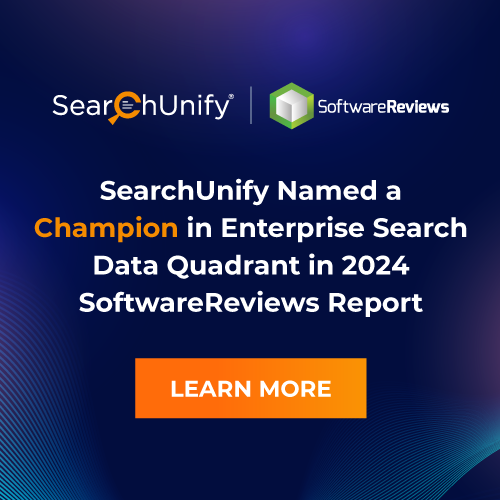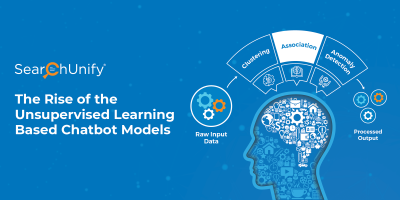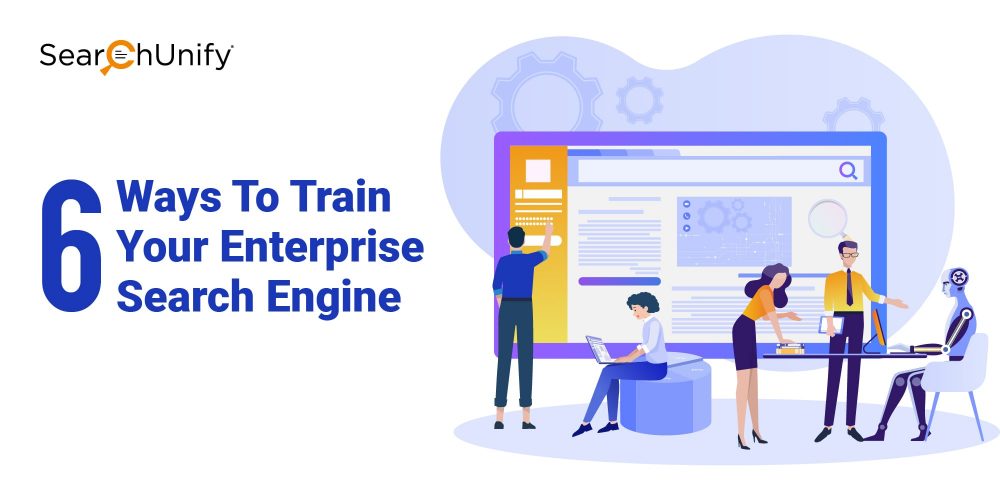
In a previous blog post, we discussed how AI has the potential to wreak havoc if left on autopilot. It can not do the magic on its own; it has to be monitored and trained well for desired outcomes. And it is true for all AI-powered applications.
In this blog post, we’re going to focus on AI-powered enterprise search. All businesses will need search-driven applications. Especially with remote working becoming the norm now, your enterprise search will play a crucial role in taking collaboration and efficiency to another level. It can augment agents, power personalization, boost knowledge sharing, and help make better decisions by leveraging insights and analytics. But only if you train it first!
Now, let’s dive into how you can train the AI to make the most of your enterprise search.
1. By Capturing Customer Maturity
Customer maturity is a well-known concept, which identifies how experienced your end users are and how effectively they can use the product or solution that you’re offering. A number of platforms these days use guided tours to better control the user journeys through the platforms to make sure they don’t get lost in the full capabilities or features.
This is where enterprise search can play a pivotal role. An enterprise search solution should be able to deliver personalized recommendations based on the experience of the user. It should be able to recognize the stage of a customer with respect to your business— just onboarded, in the nurturing phase, an advocate of the brand.
You already have user seniority and profile available in your marketing automation tools, sales cloud or other CRM platforms. All you need to do is make this information available to your enterprise search engine. When you infuse your search engine across your enterprise management platforms, you enable its AI to collect and learn about users from data on its own, thereby augmenting its intelligence. This way whenever a user searches for something, the results are more relevant.
2. By Controlling The Ranking Of Your Auto-Tuned Results
Undoubtedly, it’s the era of auto—auto-complete, auto-play, auto-suggest, auto-sharding— hence, it would make complete sense to enable the auto-tune feature of your enterprise search platform. But the challenge with auto-tuned search results is that they’re completely controlled by AI algorithms based on clicks and other signals the results are generating.
AI is only as good as the signals and the inputs it receives. You need to manually tune the relevancy of search results to make sure that the relevant articles are at the top. You can do that by defining metrics like click threshold (defining the number of clicks a result should get before AI tuning kicks in), minimum rating a result should have to show up in top results, age of the article, and the minimum number of views as well. All this helps your AI to take into account user behavior, which is a crucial factor for delivering relevant results & a better experience.
3. By Building And Monitoring The Taxonomy
Taxonomy can be defined as the systematic classification of your data to help and enhance the user search experience. The reason taxonomy is extremely important because it differs from one industry to another. For example, if you’re an online insurance aggregator, it becomes challenging for your search engine to differentiate between bank names, simple words, and acronyms when a user searches for loans.
For example, “CitiGroup” is a bank name. You know it, the online firm knows it, but does the search engine know it? It’s the taxonomy and well-defined metadata that’ll help the AI of your search engine understand better.
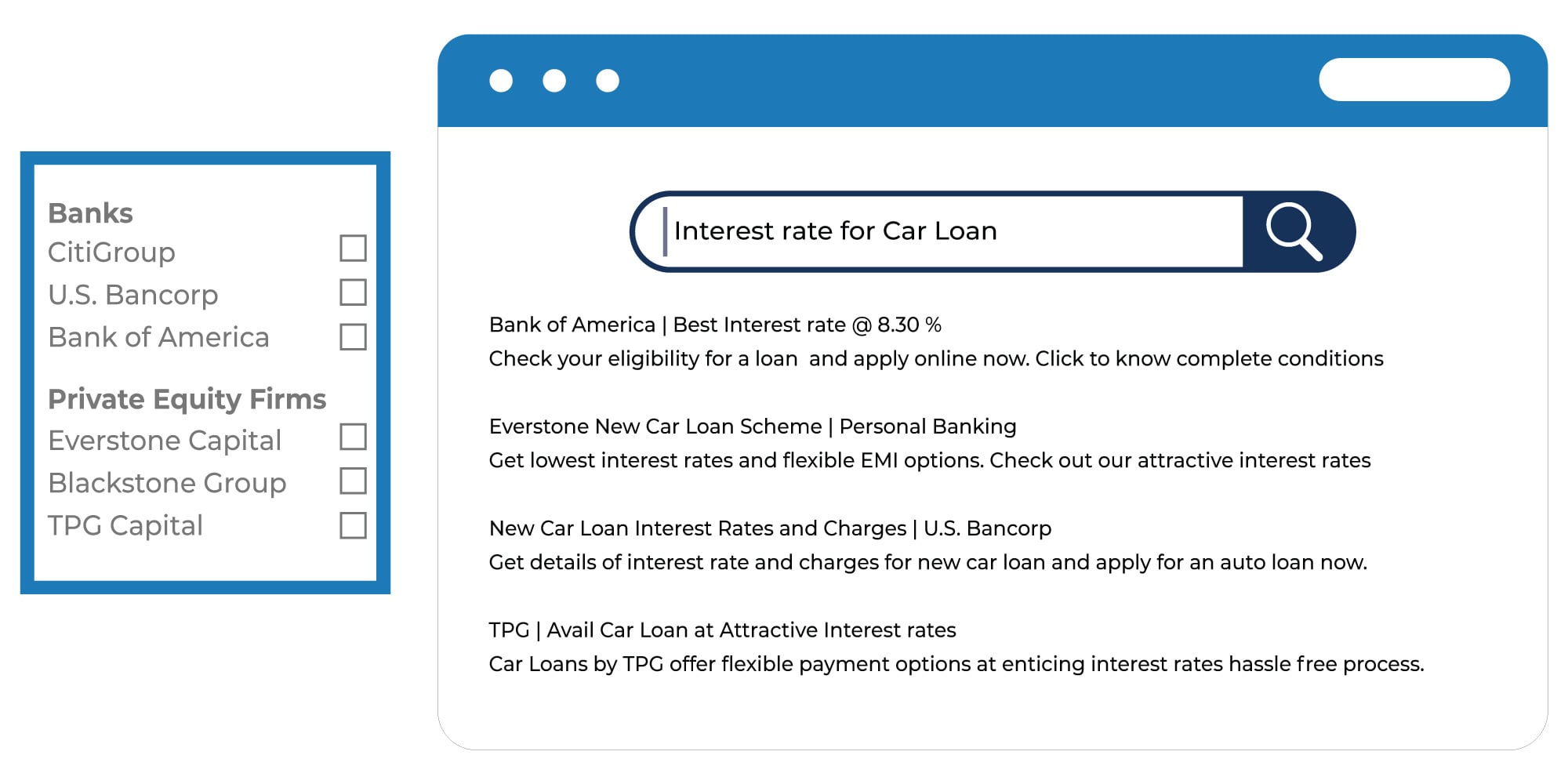
Without a taxonomy structure, your search engine won’t be able to differentiate if it’s an acronym or a bank name. On the other hand, with a well-defined structure, it’ll be able to differentiate between banks & private equity firms & show them as different facets. This concept can be applied to any industry or vertical including healthcare where there are a number of drugs and medical names that are specific to organizations or education institutes that have specific courses for different classes. This is where human intelligence can really help distinguish between sets of data and ensure its effectiveness.
Now, how do you start building a taxonomy structure for your enterprise?
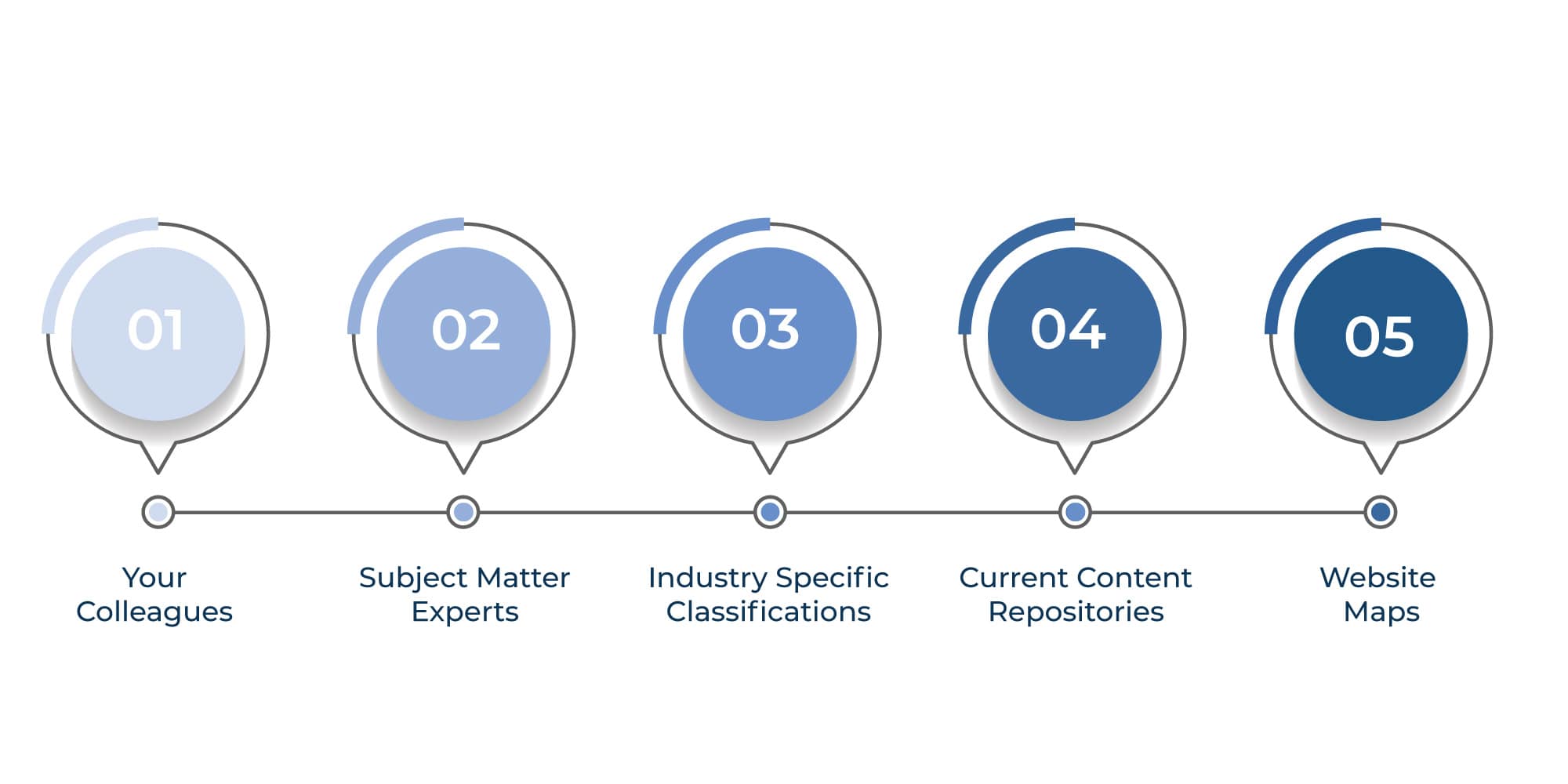
All the above are some really basic but effective ways to build it. After having built it, monitoring the taxonomy is equally important.
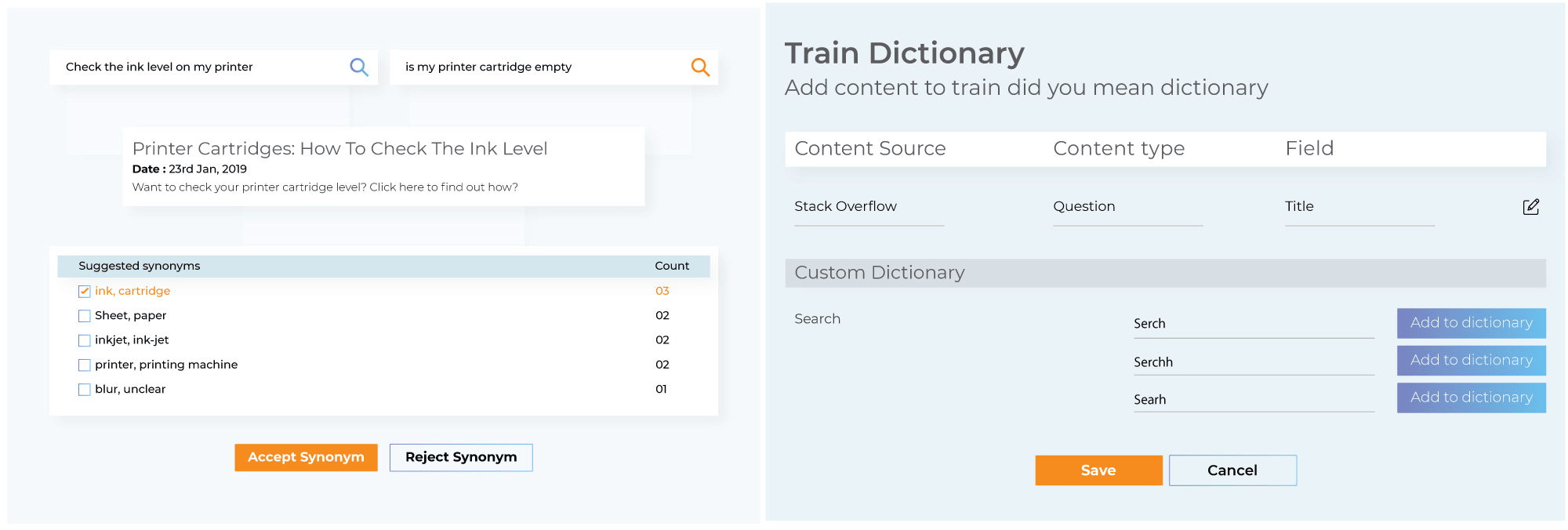
The search platform you’re using should give you the option to accept or reject synonyms as well as allow training of a ‘Did you mean’ dictionary for greater relevance.
4. By Mapping Existing User Data For Personalization
The level of detail you have about a user is enormous — user role, department, behavior history, journey through your platforms — which can be leveraged to personalize and provide more relevant results. What you can do is pre-filter the data set so that your AI systems are better equipped to serve content to your users.
The end-users know the amount of information related to them you have access to, so they appreciate it when you use it to personalize their experience. By tapping in all this data you’re able to tell user support cases & even their purchase history. That really helps the AI of your search engine to provide better content & high-quality results to every search for each user.
5. By Monitoring Key Metrics For Better Decisions
Tracking key metrics and then training the AI around those is the key to augmented intelligence. Although there are quite a few of them, yet these are the ones you shouldn’t turn a blind eye to. For example, tracking ‘top queries’ helps you understand common queries submitted by users, ‘search queries with no hits’ tells you about user queries where search did not yield any result.
These metrics help you identify which features of your search engine need training. Like ‘no hits’ report means that the searched query retrieved no relevant results which, in turn, means that your engine’s ranking of results for those queries needs to be fine-tuned. It can be used to identify and fill content gaps as well. Similarly, other reports can point you in the direction of content sources that need to be integrated for better results.
6. By Cutting Through The Noise
The success of your AI-based search platform is highly dependent on how you’re using each feature provided by it, to your maximum benefit. Let’s say, you want to classify your content around mobile phones on your customer community or help center using facets. It would be great if you list processor speed, internal memory, battery capacity, etc. but headings like phone color, design, phone cover might not be relevant.
So what you need to do is feed relevant terms into the facets as well as other features of the AI model and not let irrelevant or ‘noisy’ terms take the center stage, as the latter will spoil the relevancy of search results.
Want more tips on training and maintaining your enterprise search engine for optimum outcomes?
Not many firms realize this but it would go a long way if you set up a search center of excellence. It’s not as complicated as the name might seem. It’s simply a small group of people who meet regularly to look at the metrics mentioned above and measure their impact on your search performance. If you do this you’re keeping a constant monitoring and feedback system in place, it will be rewarding. You’ll observe your search has improved.
If you need more and detailed tips to refine your users’ search experience, download this ebook.

